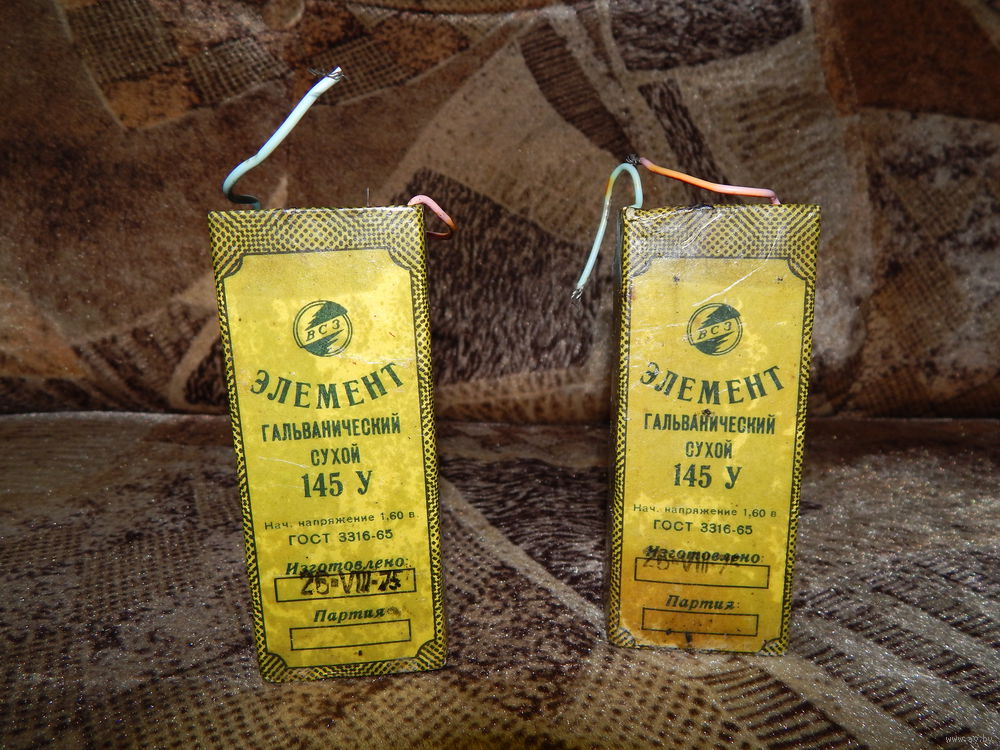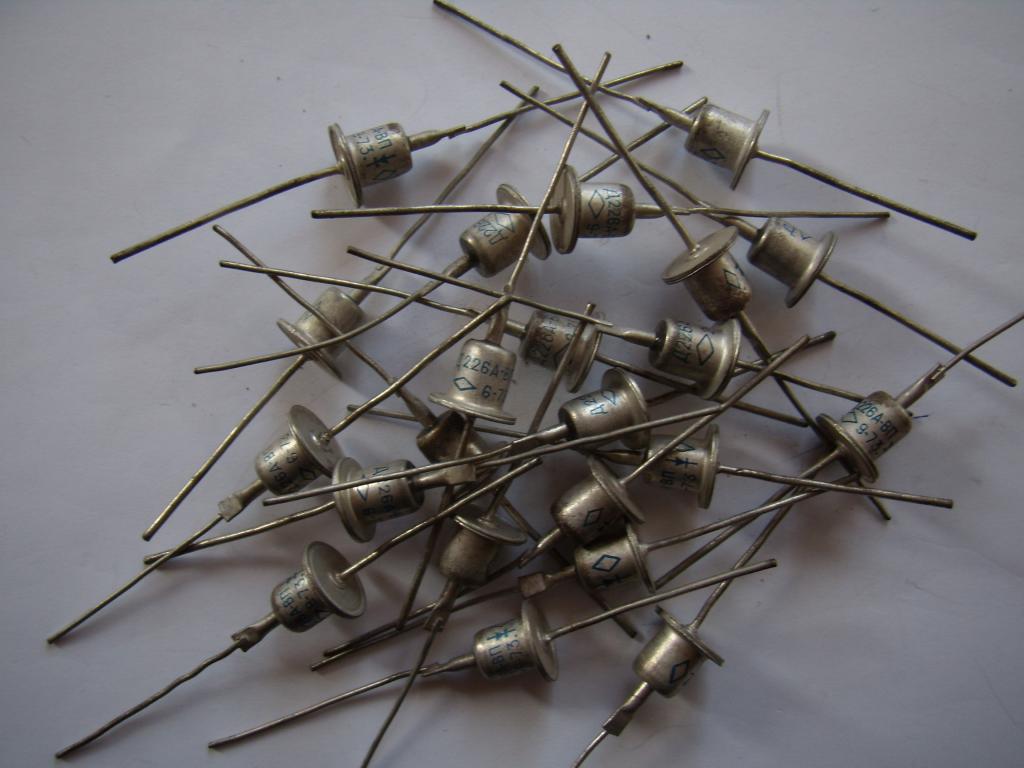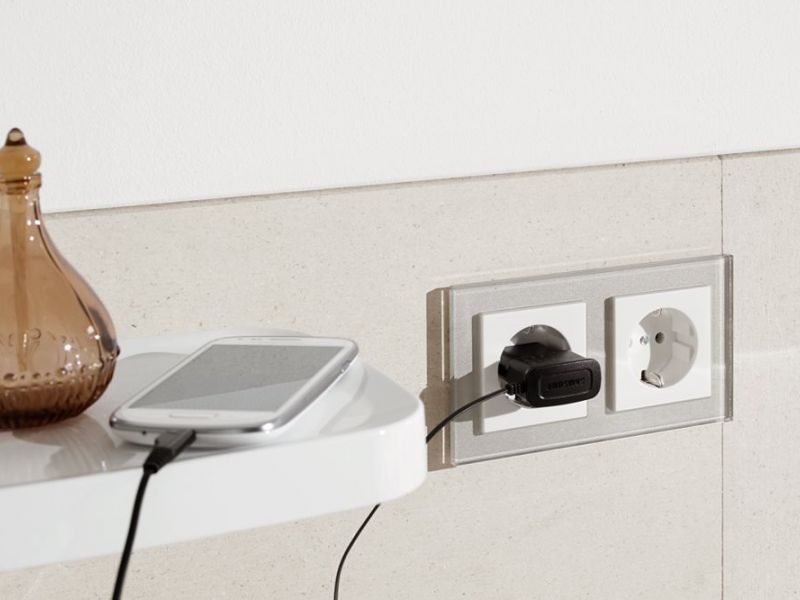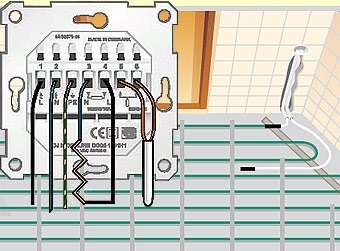Battery from the outlet: a trick from the USSR
Nowadays it is difficult to understand how the technique can only work on batteries, without the possibility of recharging. It is wasteful and extremely uncomfortable. But in Soviet times, many radios worked just that way. A trip to the forest or to the country house began with the purchase of a large number of batteries. Of course, this did not suit many, and the most enterprising always found a way out.
What replaced the batteries
In those years, it was possible to buy a dry galvanic cell 145U, each 1.6V each, in the radio amateur shops. Six of these pieces, connected by electrical tape, provided 9.6 V. Such a "battery" was massive, but it provided several years of home listening.
Some car enthusiasts had a great time playing music in garages with music. They fit old batteries. In those years, car battery boxes were made with open jumpers, and voltage was available. Five of these cans gave 10 volts and the absence of excess spending.
Outlet Battery
Radio amateurs and everyone who was even a little versed in technology did a more thorough thing. Two different wires are always connected to the outlet: one “0” is the ground potential, the other is a 220 volt phase relative to this potential. The so-called “zero” was grounded at the substation, and during its length at the entrance to the outlet I changed the indicator by 6-7 volts relative to the ground. This is what they used to make a power source.
So, four diodes D 226 were assembled in a circuit to change the alternating voltage to constant. Then they did the grounding. In the private sector and in the summer cottages this did not cause any difficulties. It was enough to find a piece of reinforcement or a metal rod and stick it into the ground in the basement or cellar. Well watering, attached a wire to it, and the other end to the circuit of diodes. Then, after finding out where “zero” was in the outlet, another wire was connected to this socket and to the circuit. At the output, we checked the wires - it turned out about 10 volts. It was important not to forget about the smoothing capacitor. After rectification of the current, this was necessary, otherwise the technique only "growled". It was fixed in front of the wires in the receiver.
This is the most interesting way to use an outlet instead of scarce batteries. With its help, it was possible to completely turn off the radio and enjoy music, sports and humorous programs. The only downside was the stationarity of this device.





